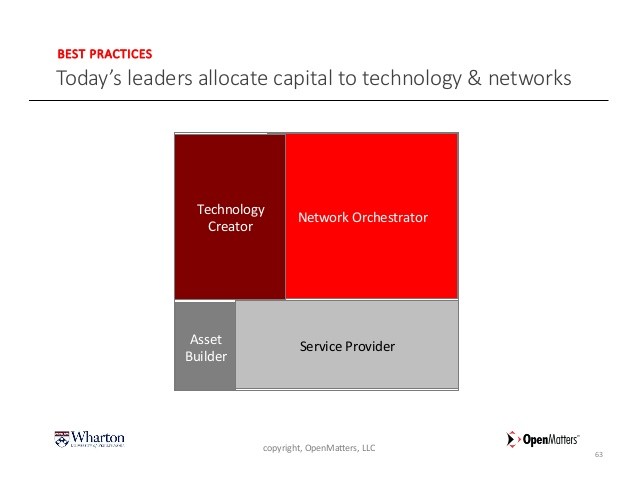AssetBuilder The World’s Best Investment Strategy That Nobody Seems To Like AssetBuilder Inc
Post on: 29 Март, 2015 No Comment

Andrew Hallam
Let me show you an investment strategy that has had only four losing years since 1971. Its ugliest drop was in 1981 when it fell just 4.1 percent. In 2008, when stocks dropped about 37 percent, it lost less than 1 percent. This portfolio makes sense. Why? Because, as recorded by Richard H. Thaler, in the Journal of Behavioral Decision Making. we hate investment losses more than we enjoy investment gains.
I’m not suggesting that those suffering from stock market jitters should stuff their portfolios with bonds and cash. Inflation could eat them alive. Instead, I’ll show you a stable strategy that has averaged more than 9 percent annually since 1971.
It’s called the Permanent Portfolio. It was created by the late investment writer Harry Browne. The strategy combines gold, stocks, long-term bonds and cash in equal proportions. The mix never varies.
Permanent Portfolio Allocation
- 25% Cash
- 25% Long Term Bonds
- 25% Stocks
- 25% Gold
The investor’s only responsibility is to buy or sell once a year, as needed, to maintain the target allocation. This strategy has never been popular. In fact, most years it looks downright laughable. Those sticking to the method, however, have had the last chuckle.
At the beginning of 1980, gold hit $850 an ounce. It was considered an outrageous price at the time. Betting a quarter of a portfolio on gold would have looked crazy. Investing another 25 percent of your money in stocks would have seemed equally nuts. The S&P 500, after all, was lower than it had been 15 years previously.
But the Permanent Portfolio did well. Over the next decade, Mr. Browne’s creation averaged 10.36 percent per year.
By 1990, stocks were enjoying an eight-year bull market. With 75 percent of its holdings in bonds, cash and gold, The Permanent Portfolio was as out-of-step as a fox trot at a rave. But in the decade ahead, it averaged 7.7 percent. It doubled in value, with just one losing year. It dropped 0.9 percent in 1994.
Despite its strong results, few would have given the Permanent Portfolio serious consideration in January, 2000. Stocks had roared, cash offered paltry interest, and gold had lost 70 percent of its value since 1980. But the following decade, the portfolio averaged nearly 7 percent per year.
It followed with a 12 percent encore in 2010, 13.3 percent in 2011, 6.8 percent in 2012. In 2013, it recorded only its 4th losing year since 1971, dropping 2.4 percent.
So far in 2014, it has gained 6.4 percent to October 24th. Vanguard’s Total Stock Market Index, by comparison, gained 5.45 percent.
The strategy is stable because it comprises asset classes that often move in opposite directions. It’s also profitable because, when investors rebalance, they buy the underperforming asset class when everybody else loathes it. When that asset class eventually has its day in the sun, a quarter of the Permanent Portfolio surges.
Detailed thoroughly in The Permanent Portfolio by Craig Rowland and J.M. Lawson, the strategy is designed to produce safe returns in a variety of market environments: prosperity, deflation, recession and inflation.
If this sounds appealing, creating a Permanent Portfolio has never been easier. You could put 25 percent of your money in Vanguard’s Total Stock Market ETF (VTI). For exposure to long-term government bonds, you could invest 25 percent in the iShares 20+ Year Treasury Bond Index (TLT). You could satisfy the cash component by putting 25 percent in a money market fund or in Vanguard’s short-term government bond ETF (VGSH). The remaining 25 percent could be allocated to the iShares Gold Trust ETF (IAU).
What sort of returns can you expect? Between 1972 and 2013, the Permanent Portfolio exceeded 9 percent per year. No annual loss was greater than 4.9 per cent.
You might come up with all kinds of reasons not to invest in the Permanent Portfolio today. Long term bond prices are too high, stocks are about to sink, cash or short term bonds are lousy places to put your money right now. Or you might deem gold to be a long-term stinker.
Just remember, things never look good for the Permanent Portfolio. Yet it does seem to work.
Permanent Portfolio














